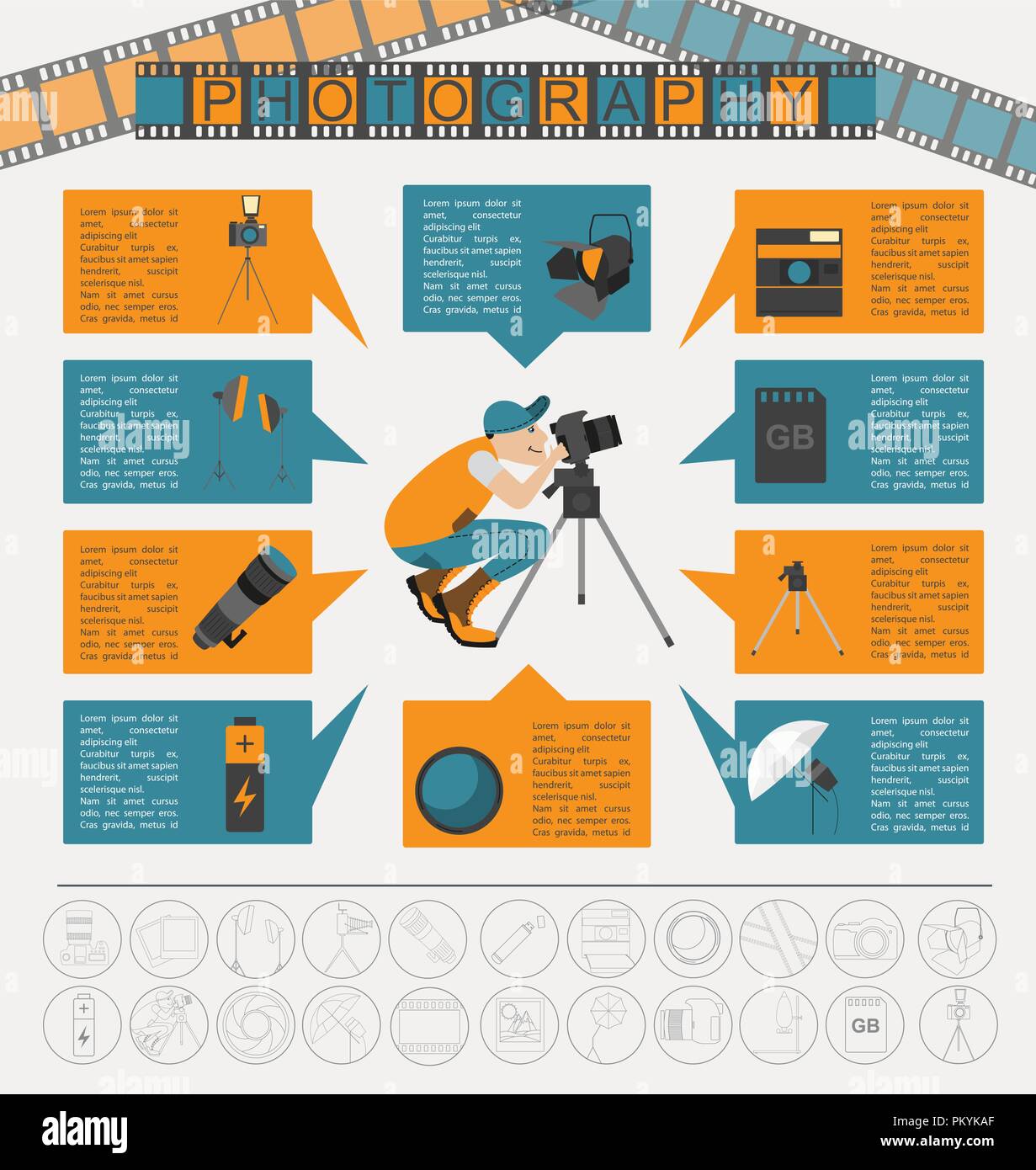What Every Professional Photographer Should Learn About Lights
What Every Professional Photographer Should Learn About Lights
Blog Article
Article Created By-Greenwood Polat
As a photographer, you understand that illumination can make or break your images. Understanding the subtleties of both all-natural and man-made light is important for capturing the mood and quality you go for in your work. Whether you're chasing the perfect golden hour radiance or tweak your artificial setups, understanding these elements can boost your digital photography considerably. But there are common risks that numerous ignore, and recognizing them can transform your strategy to every shoot. Let's discover what you may be missing out on and just how it can impact your outcomes.
Understanding All-natural Light
Understanding natural light is critical for any photographer seeking to enhance their work. It's the foundation of wonderful photography, affecting state of mind, tone, and clearness. When you shoot outdoors, take notice of the time of day. The golden hour-- soon after sunrise and before sunset-- uses soft, warm light that can change common scenes into magnificent pictures.
Do not underestimate the power of cloudy days. Cloud cover diffuses sunlight, creating a soft, also light that's perfect for portraits and macro digital photography. You'll find shades pop in this type of illumination without extreme shadows.
Positioning matters, also. Always consider your topic's positioning to the light source. If the sun's behind your subject, you may end up with a shape, which can be dramatic however mightn't be what you want. Alternatively, direct sunshine can produce uncomplimentary shadows.
Experiment with angles; often, altering your viewpoint can generate impressive results. Use natural reflectors, like water or sand, to bounce light onto your topic, adding dimension.
Learning Artificial Light
Grasping artificial light is important for professional photographers that want to take their abilities to the following degree. Whether https://blogfreely.net/augustus81sharita/creative-digital-photography-ideas-unleashing-your-creativity using speedlights, workshop strobes, or continual lights, recognizing exactly how to control these sources can drastically improve your pictures.
Beginning by acquainting on your own with the basics of light top quality, instructions, and shade temperature level. Explore various modifiers like softboxes, umbrellas, or grids to control the soft qualities or cruelty of the light.
You'll discover that soft light commonly develops lovely results, while harsher light can include dramatization and depth. Do not shy away from shadows; they can enhance the three-dimensionality of your subjects.
Pay very close attention to the positioning of your lights. A light located too near to your subject can develop uncomplimentary outcomes, while as well far can cause an absence of detail. Make use of a light meter or your electronic camera's histogram to guarantee you're revealing properly.
Lastly, remember that fabricated light can be blended with ambient light for innovative impacts. Balancing these sources may take technique, but once you understand it, your photography will genuinely radiate.
Methods for Various Circumstances
When you step into different shooting scenarios, adapting your lighting methods is important for catching the most effective photos. For exterior portraits, utilize the golden hour-- morning or late afternoon light-- to soften darkness and enhance skin tones.
If it's an extreme noontime sun, take into consideration utilizing a reflector to jump light back onto your subject or look for shaded areas for a much more even direct exposure.
In low-light scenarios, like indoor occasions, boost your ISO and make use of a vast aperture to allow in more light. A tripod can aid get rid of cam shake, allowing for longer exposures without obscuring.
If you're contending night, experiment with off-camera flash to create dynamic lighting and depth in your pictures.
For item digital photography, make use of diffused illumination to avoid rough reflections. Softboxes or light camping tents can help achieve this impact.
When photographing landscapes, take into consideration the direction of light and time of day, as it can significantly transform the state of mind of your shot.
Constantly be ready to change your setups and placing based upon the scenario, as adaptability is crucial to understanding lighting in photography.
Conclusion
To conclude, mastering lighting is essential to boosting your digital photography skills. Welcome natural light's beauty during golden hour, and don't shy away from trying out fabricated light strategies. By adjusting your technique to different scenarios, you'll catch stunning pictures that reverberate with emotion and clarity. Remember, the best illumination can transform a regular shot into something remarkable, so maintain exercising and improving your understanding of both all-natural and artificial light. Pleased capturing!
